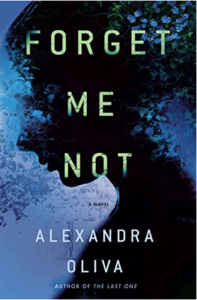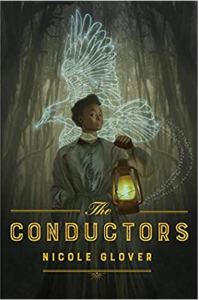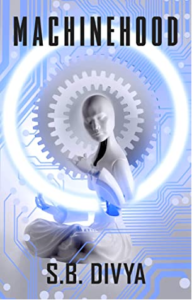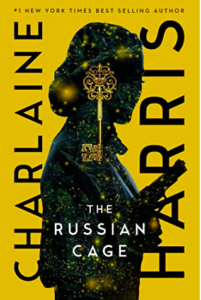This might be one of my favorite romance novels ever, never mind a YA romance. And that’s even with hating the guy around the beginning: he gets (a lot) better, and I’m really hoping the devil’s advocate nonsense is something he grows out of because, you know, he’s a teenager and it’s understandable, if certainly still annoying, at that age.
The guy is Alexander Brougham, who totally busts our heroine Darcy Phillips as she’s retrieving letters from school locker 49, out of which she runs an anonymous relationship advice business. He wants to hire her to help him get his ex-girlfriend back. Afraid that he’ll expose her, Darcy reluctantly agrees. It isn’t just that she doesn’t want their fellow students to know that they’ve been taking love advice from a high school junior whose own love life is practically nonexistent. She’s worried that if the truth ever got out, it would seriously jeopardize her relationship with her best friend and long-term crush, Brooke Nguyen, because she once did something seriously unethical to Brooke under the guise of dispensing advice. She’s striven to make up for that ever since, making sure to dole out solid, thoughtful responses to the many people paying her to email them with solutions to their woes.
Darcy is eager to get Brougham, as he prefers to be called, and Winona back together again so she doesn’t have to worry about him ratting her out, but Brougham is surprisingly close-mouthed about his relationship issues, given that he hired her to help him in the first place. An exasperated Darcy has to figure out not only how to fix his love life, but also what makes this infuriating weirdo tick. What follows is one of the most delightful takes on so many of the overworked (and in lesser hands, excruciatingly tiresome) tropes in romance today: miscommunications, matchmaker falling in love with her client, dislike-to-love. It’s all So Good and So Sweet, with characters who have real problems and who sometimes communicate poorly but never stupidly.
And there is so much representation! Darcy is bisexual and worried that dating a straight guy will jeopardize her ability to be accepted as part of her school’s small but close-knit queer community. Her older sister Ainsley is trans, and there’s a healthy amount of racial rep among the school’s student body and faculty as well. None of it feels forced, and all of it is so loving and accepting and kind that I burst into happy, relieved tears at one point while reading.
This is such a wonderfully compassionate novel, depicting the lives of flawed, lovable characters as they seek to navigate the vagaries of love. It is the Young Adult romance every bisexual person — and the people who love them — should read. Smart, funny and deeply touching, it’s a wholly lovely book, and one I’ll be coming back to whenever I need a fix of realistic sweetness (should there ever be a break in my reading schedule, that is.)
Perfect On Paper by Sophie Gonzales was published today March 9, 2021 by Wednesday Books and is available from all good booksellers, including
Want it now? For the Kindle version, click here.








